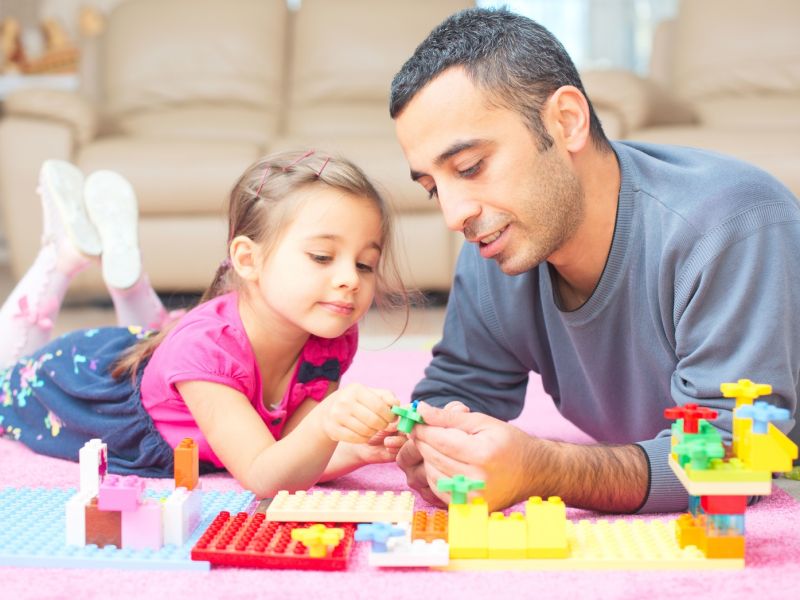THURSDAY, Dec. 21, 2017 (HealthDay News) — When trying to choose the perfect toys for kids this holiday, consider the age of the child first, a leading pediatricians’ group says.
Buying toys that are too advanced can be not only frustrating for kids, but also dangerous, according to the American Academy of Pediatrics (AAP).
When children receive age-appropriate toys they are more likely to be engaged and have fun, the AAP pointed out. It’s also a good idea to consider a child’s skills, abilities and individual interests when looking for just the right gift.
Babies and toddlers, for example, would likely enjoy playing with toys they can manipulate with their hands, including shape sorters, stacking blocks and age-appropriate puzzles. These types of toys will also enhance their fine motor and perceptual skills and help stimulate their minds, the AAP explained.
Young children, who often put things in their mouths, should not receive toys with small pieces. Toys for children younger than 3 should not have parts less than 1-1/4 inches in diameter and 2-1/4 inches long, according to federal regulations.
Uninflated or broken balloons are also choking hazards for children younger than 8, the AAP cautioned.
Toys that must be plugged into an electrical outlet should not be given to children younger than 10, the AAP added. Instead, look for toys that are battery-operated.
Even seemingly harmless books, cards and toys may pose serious risks for children if they contain button batteries or magnets. If these small batteries or magnets are swallowed, they can cause serious, even fatal stomach and intestinal problems. Parents should be sure that young children do not have access to these small but powerful batteries and magnets, which can also be found in household items, such as remote controls and hearing aids.
When young children receive toys as gifts, parents should inspect them first and remove all tags, strings and ribbons that could lead to choking or strangulation. Parents should also read toys’ labels and instructions so they know it’s appropriate for their child and they can show their child how to use it safely.
A tablet, smartphone or video game system may be on the “wish list” of older children and teens. The AAP notes that parents should first consider how and when they would allow their children to use these devices.
More information
The U.S. Consumer Product Safety Commission has more on toy safety.
Copyright © 2024 HealthDay. All rights reserved.

